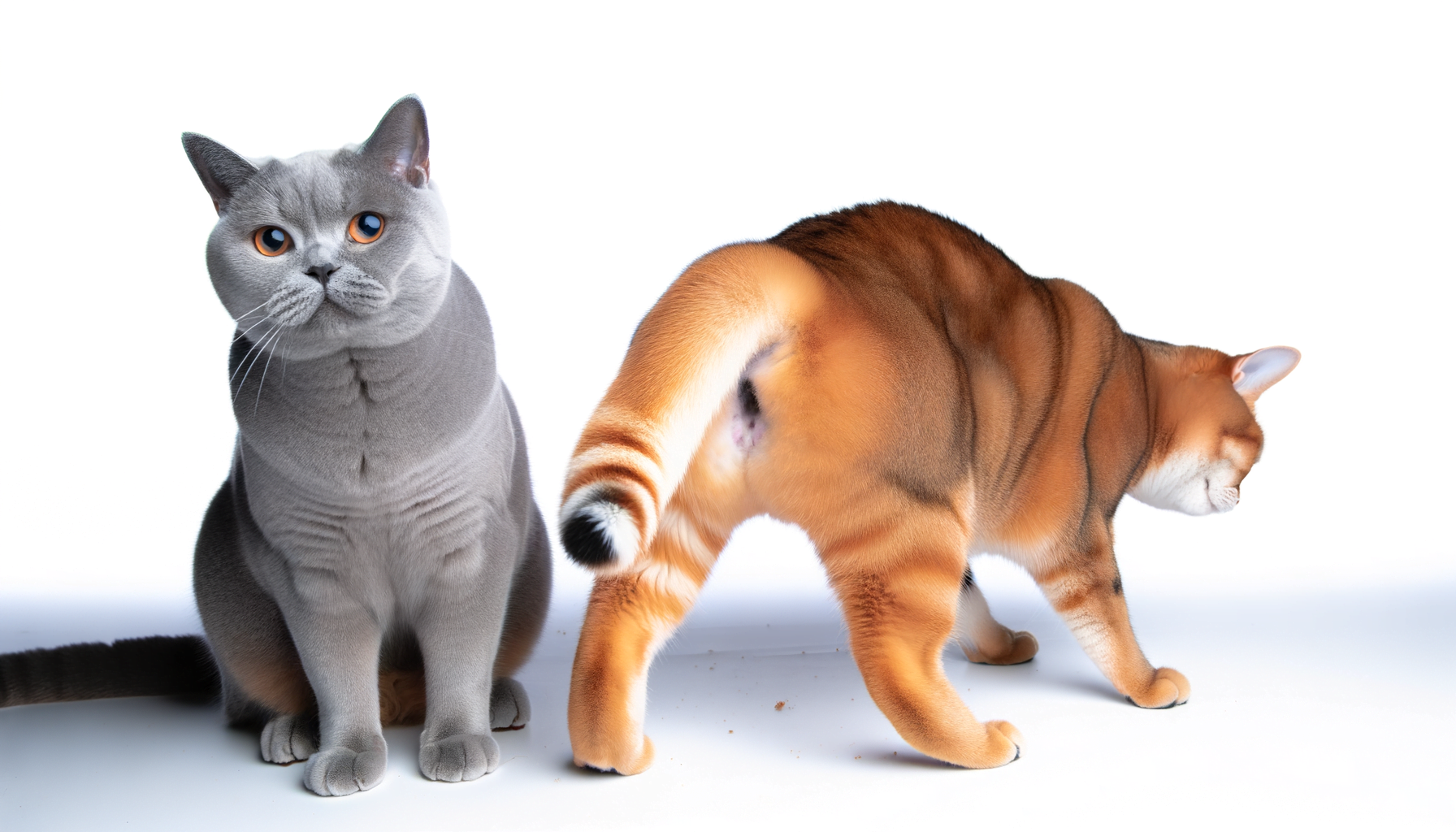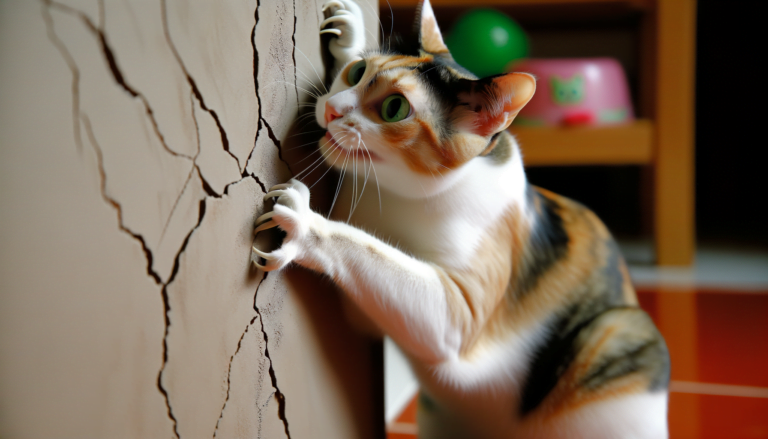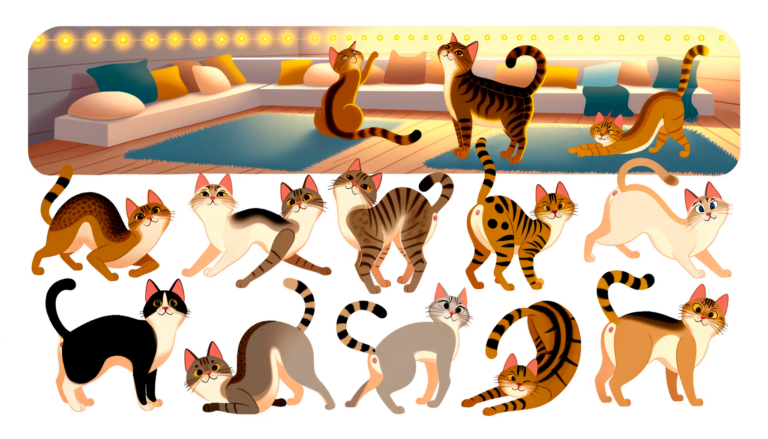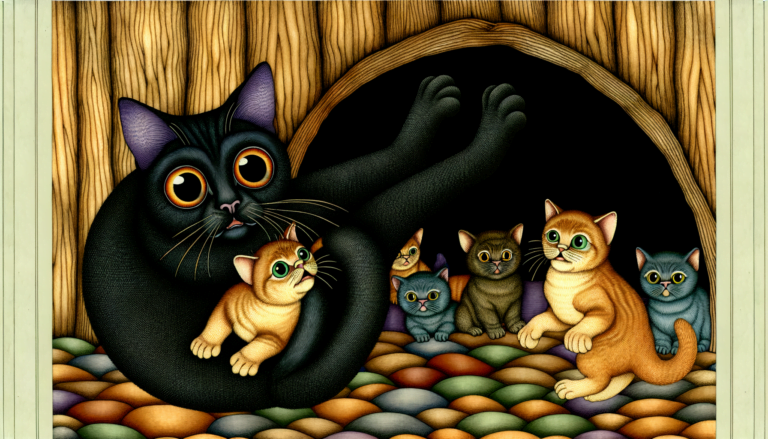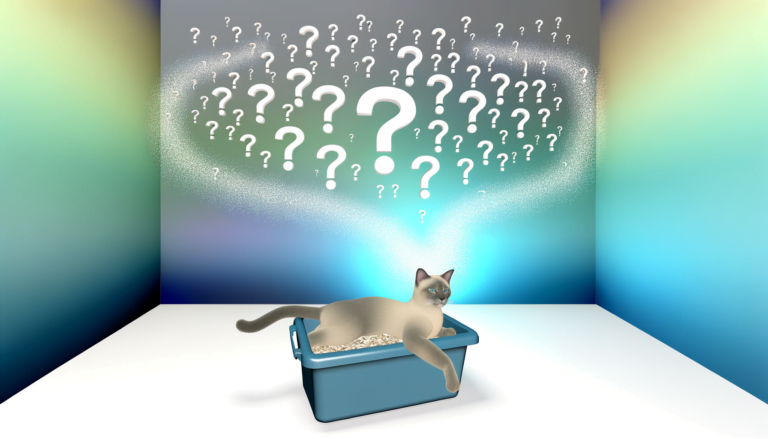Decoding Feline Behavior: The Science Behind Cats Sniffing Each Other’s Butts
Cats sniff each other’s butts as a significant means of communication. Through a process called the Flehmen response, wherein a cat will lift its nose towards the sky and show its front teeth, the cat can ‘taste’ the air. This behavior stimulates the Jacobson’s organ located at the roof of their mouth and enables them to sense certain pheromones. The pheromones emitted from a cat’s anal glands offer pertinent information about the cat’s identity, diet, health, and even emotional state. Mutual sniffing, therefore, is a crucial part of feline social interaction, similar to a ‘handshake’ in human greeting habits.
Understanding the Anal Glands of Cats
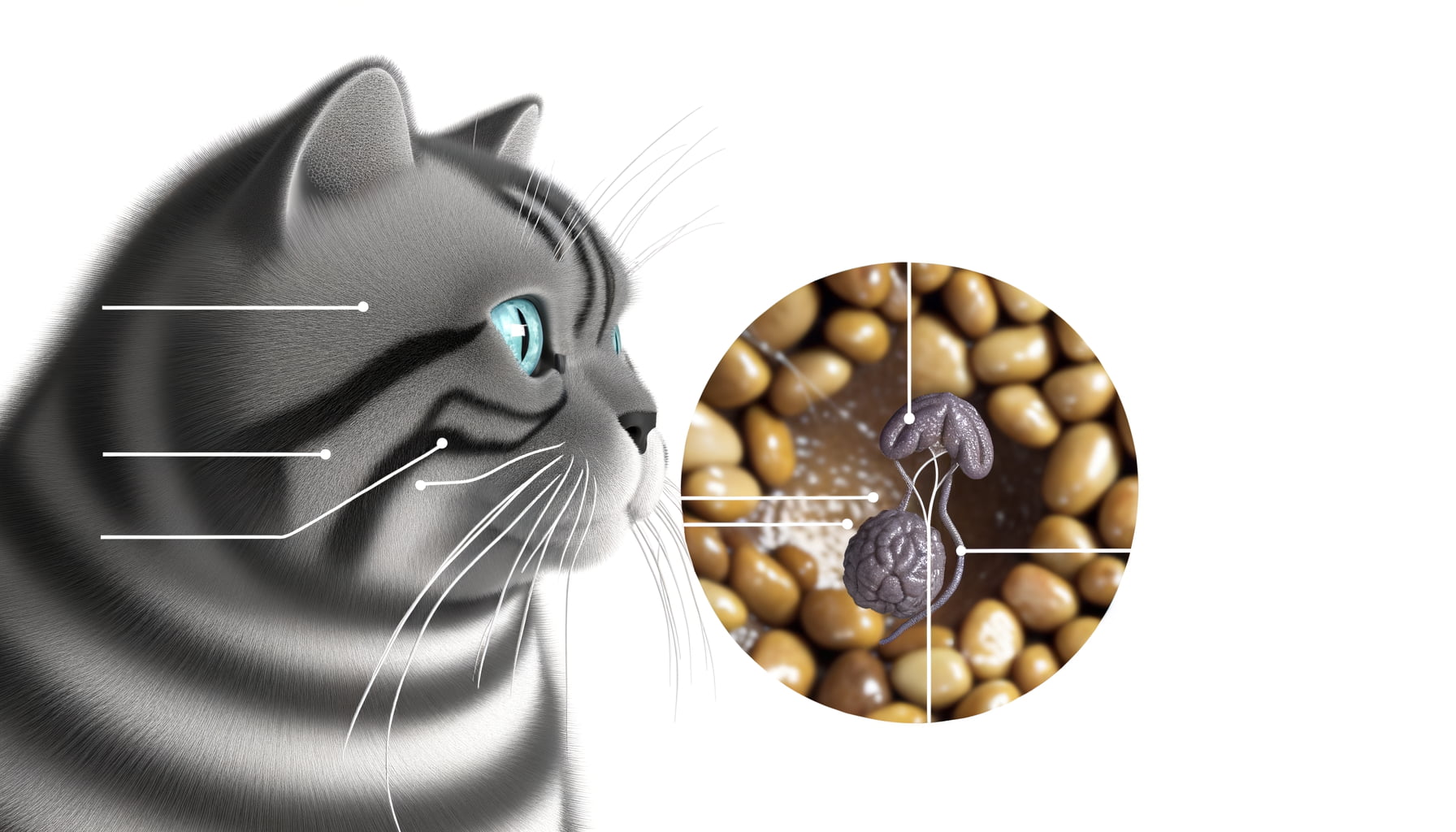
As conversant as some may be with domesticated cats, the mention of anal glands might still raise eyebrows. In the feline world, however, these glands serve a critical role. As with dogs, cats’ anal glands are located near the anus, secreting unique scents that convey messages about their identity and territorial boundaries. Science suggests that this scent is as individualized as a human fingerprint, offering clues about the age, sex, and even reproductive status of a cat.
These scent-laden secretions are not just for territory marking. In fact, they play a part in social bonding as well. When a cat defecates, a small amount of this secretion tags along, layering the cat’s droppings with its distinctive scent. Other cats encountering these markings become privy to a wealth of information about the marker – a testament to the incredible olfactory abilities of the feline species. Such intricate scent communication is a vital part of how cats understand their world.
Thus, the anal glands are more than just another part of a cat’s anatomy. They are a powerful tool for communication and socialization. The feline butt sniffing that humans find amusing (or gross) is therefore a form of feline ‘handshake,’ a greeting that allows the sniffer to gather valuable information encoded in scent molecules. This curious feline practice demonstrates the scientific wonder that exists within even the most peculiar and often overlooked aspects
Basics of Feline Communication
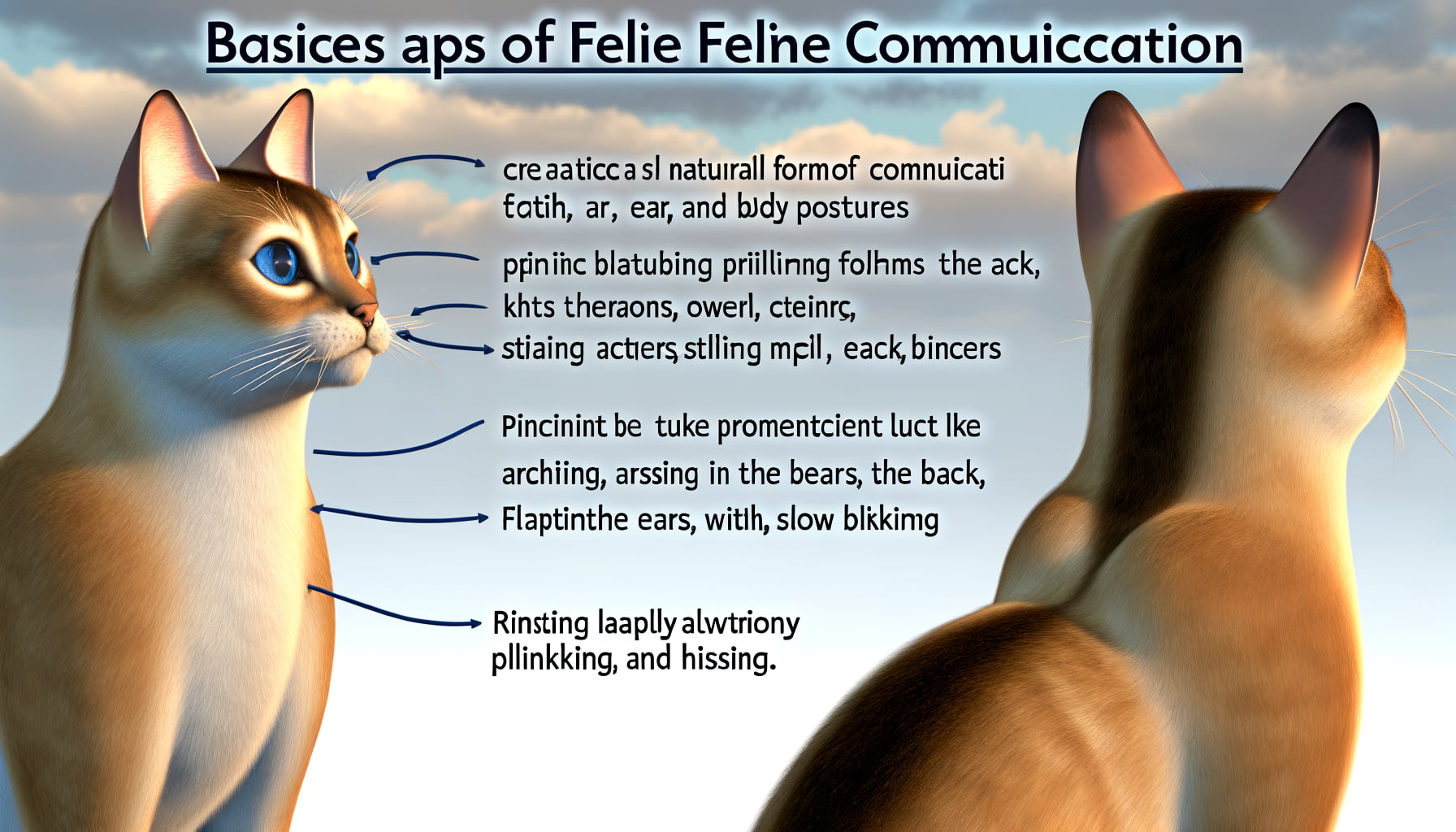
Within the sphere of feline communication, the principle modes revolve around body language, vocal emissions, and scent cues. Processed mostly subliminally in humans, these play an essential part in the way our feline companions relate to us and each other. A cat’s tail, ears, eyes, and body offer potent cues to its emotional state. Vocal emissions, such as hissing, purring, or meowing, act as additional layers to their communication paradigm.
Scent, though often overlooked by pet owners, forms an integral part of cat socialization. Cats hold a well-developed olfactory system, allowing them to decipher complex information through scent. This becomes particularly poignant in social scenarios where scent acts as a unique identifier among them, helping establish familiarity and territorial boundaries.
Lastly, understanding the function of anal glands is integral to uncovering why cats indulge in butt sniffing. Anal glands serve as natural scent factories, secreting fluid rich in pheromones. The unique aroma produced provides vital personal information about a cat, offering clues to its identity, age, sex, and mating availability. Thus, cat-to-cat communication truly exemplifies a blend of behavioral gesturing, auditory cues, and olfactory exchanges.
The Role of Scent in Cat Socialization
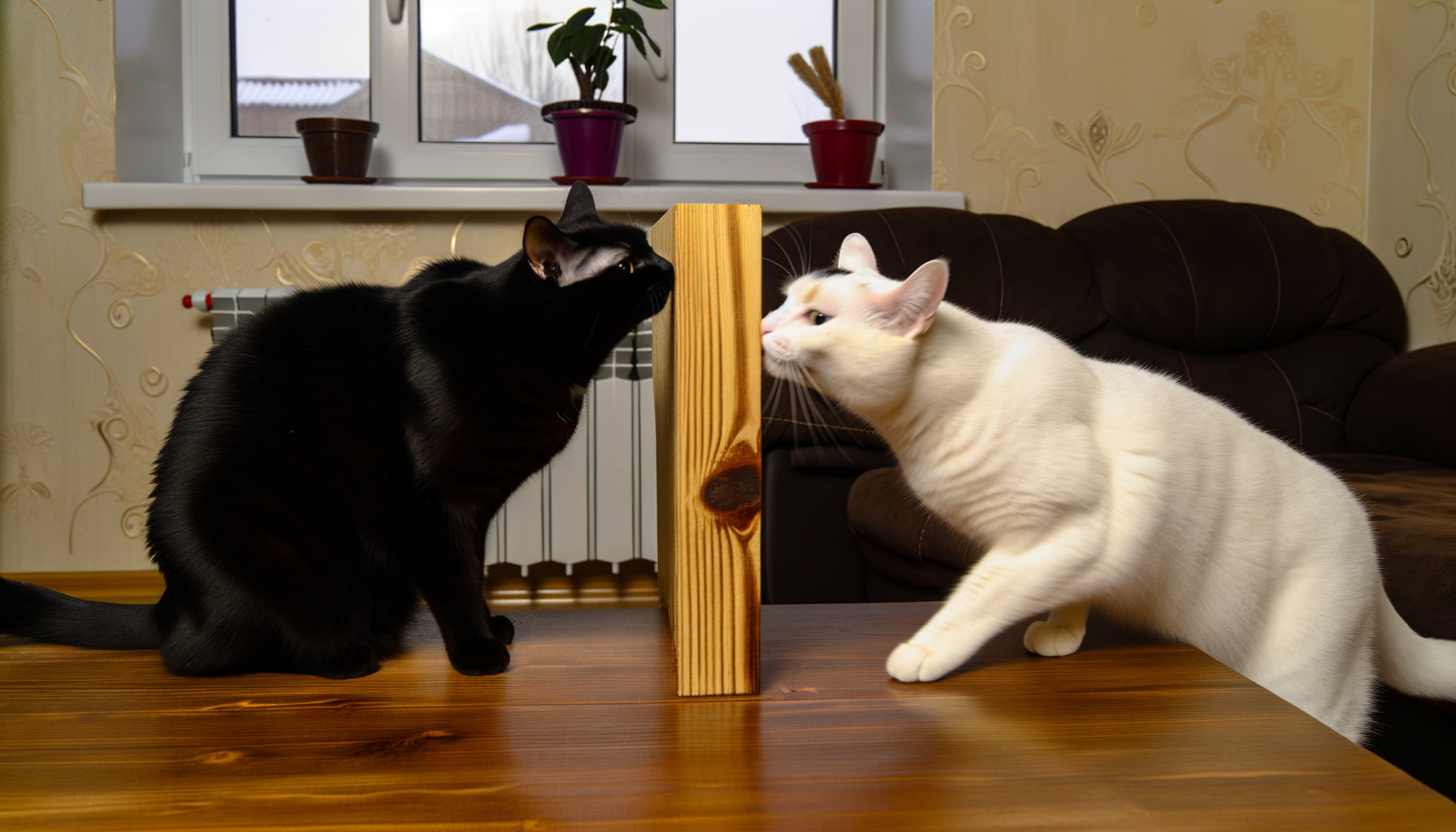
The Role of Scent is a paramount aspect of cat socialization and can often be misinterpreted by those not fluent in feline communication. Cats communicate with each other largely through scent, their keen sense of smell crucial in conveying vital information to other felines in their vicinity.
Unlike humans, cats have an additional olfactory organ called the vomeronasal organ or Jacobson’s organ, situated in the roof of their mouth. It enables them to detect pheromones, chemical signals discharged by an individual of the same species. This organ plays an integral role in their scent-based communication.
Exchanging scents is a mutual practice, particularly seen in situations where cats are establishing a social hierarchy or seeking a mate. The scent provides insights into the age, health status, and reproductive condition of the other cat, making scent crucial to their social interaction and bonding process.
The Significance of Butt Sniffing Among Cats
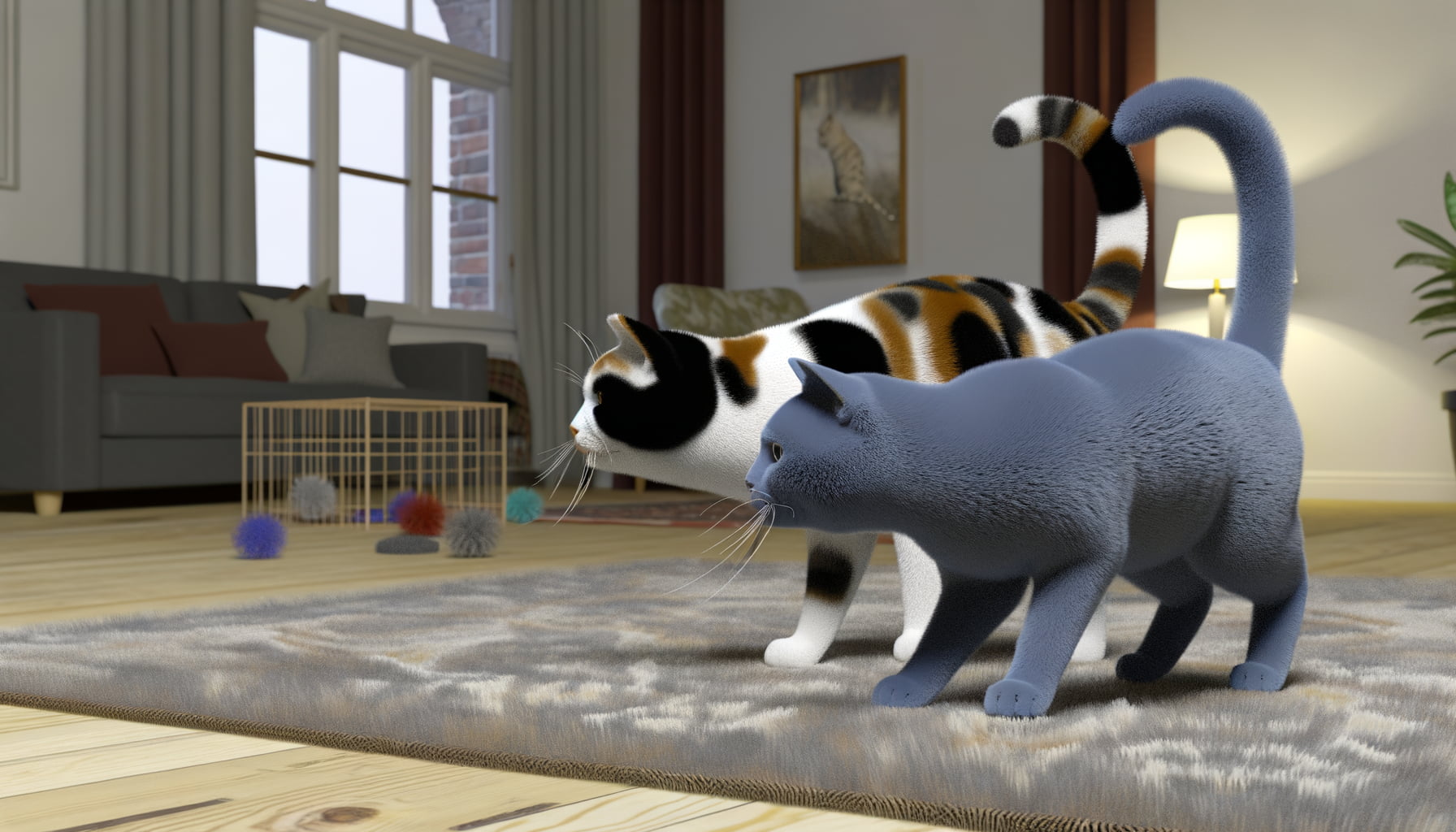
As feline connoisseurs, we recognize the value of understanding the more nuanced behaviors of our feline friends. One such action is butt-sniffing amongst cats. This seemingly daunting practice is of utmost importance, emphasizing social hierarchies and boundaries in the feline community. Sniffing another cat’s rear end allows a cat to gather critical information about their playmate, such as their diet, health status, and even their emotional state.
Cats leverage their advanced olfactory senses to analyze scents, just like a forensic scientist at a crime scene. Butt-sniffing is not considered bad manners among cats. Instead, it’s viewed as respectful acknowledgment of another’s presence. It’s an integral part of their communication platform, one that extends respect and maintains harmony within their social circle.
To sum it up, understanding the scents they detect can arm a cat with the knowledge of whether a new aqueous creature is friend or foe, hungry or satiated, nervous or relaxed. Indeed, butt-sniffing is not a gross or taboo action in the world of cats. Instead, it is a fundamental and integral part of feline social conduct, illustrating the nuance and striking complexity in the social organization of our beloved feline companions.
Conclusion
Deciphering the intricate world of feline behavior, particularly the phenomenon of cats sniffing each other’s butts, sheds light on a unique aspect of their communication and social dynamics. Through the various collections of scent molecules exchanged during this behavior, cats establish important social hierarchies and gain valuable information about their fellow felines.
Scientists continue to unravel the fascinating mysteries behind why cats engage in this seemingly peculiar behavior, highlighting the complex nature of animal communication. As we delve deeper into understanding feline behavior, we gain insight into the intricate ways in which cats interact with one another and the vital role that scent plays in their social relationships.
